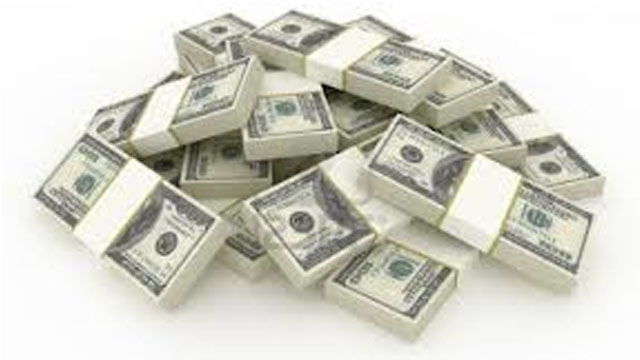By opting out of tapering, the Fed wasted a golden opportunity to re-establish its integrity in the markets
By choosing not to begin tapering, the US Federal Reserve wasted a golden opportunity to re-establish its integrity in the markets and confused the bankers and traders across the world.
At a time when its credibility – also its capital – is in downward trend, the central bank abruptly set the bar to start tapering much higher than what most of the market thought.
Wednesday’s Committee statement pointed that the next step would be to “moderate the pace” of asset-buying. It said that in the coming meetings, they would settle on whether new economic data hold up to the Committee’s hopes of ongoing upgradation in labour market conditions and inflation heading back to its longer-run objective.
The Fed decision retuned those objectives. Longer-run GDP growth isnow estimated to be between 2.2 percent and 2.5 percent in comparison to 2.3 percent to 2.5 percent in the last five projections. The longer-run unemployment rate is now 5.2 percent to 5.8 percent, down from 5.2 percent to 6.0 percent in the last eight projections. Since there was no tapering, there was no requirement to change to self-assured guidance.
Reportedly, the Committee said that the extremely low target range for the Fed funds rate would be “appropriate as long as the unemployment rate remains above 6.5 percent, inflation between one and two years ahead is projected to be no more than a half percentage point above the Committee’s 2 per cent longer-run goal, and longer-term inflation
prospects continue to be well anchored.”
Covering the economic projections, the jobless rate stands a good chance of reaching the Fed’s numeric target in 2014.
Who will be the gainers and losers of this unexpected decision?
The turning of table on investors by the US Fed Reserve has created some big winners out of some adept buyers and duds out of those who expected policymakers to pursue the suggestions of trimming their support for markets.
The central bank decided to stick to its huge $85 billion-per-month stimulus, referring to fears that financial conditions would pin down growth.
US stocks hit a new record, gold and its stocks climbed, and the bond market restored, while the dollar slumped and indexes measuring instability sunk. Let’s have a look at the gainers and duds as a consequence of this action-
GAINERS:
-Anybody who doubled down on gold or gold miners. The yellow metal had a big day as it advanced 4.2 percent.
-Homebuilders. The acute fall in US Treasury securities decoded to a big move for building stocks, mainly as housing-market data has been on the soft side in the last couple of months.
-The euro. Speculators – largely guarded funds – termed this one right, changing from a net short position of about $6.5 billion in the euro in early July to about $2.1 billion in the most recent week. It still portrays that the view of the US being ahead of the rest of the world wasn’t a widespread one.
LOSERS:
-Bond investors who mistaken the Fed at its word. Speculators had collected a small position of about 85,000 bonds on 10-year Treasury futures much before the Fed meeting. For all of Bernanke’s justification, the Fed never really said that they were going to taper.
-Investors searching for a freak out. Those waiting for aggressive market reactions have a lot to be disappointed about this decision. According to Schaeffer’s Investment Research, the two-week period through Monday saw 3.51 calls – staking on increased volatility – purchased for every one put option.
-The dollar. The greenback plunged by three months low against many other currencies and efficiently rubbed out most of its gains of a year in a matter of hours, reaching to levels not witnessed since February. It had a particularly poor performance against the pound, which had its finest day against the US currency since 2009.





